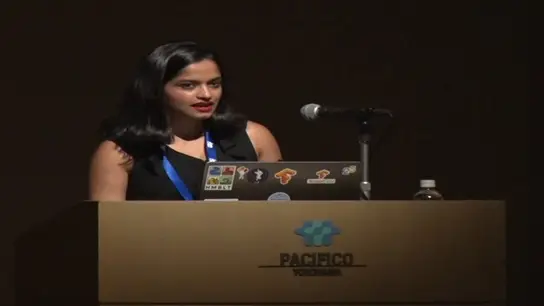Learning Control and Knowledge Transfer Between Aerial Robots for Improved Accuracy in Trajectory Tracking
Erdal Kaycan
-
Members: FreeCIS
IEEE Members: Free
Non-members: FreeLength: 00:54:50
08 Oct 2019
Erdal Kaycan, Aarhus University, Denmark
Abstract: Controller design is more troublesome in aerial robots due to, inter�alia, diversity of mission platforms, convoluted nonlinear dynamics, predominantly strict mission and resource constraints as well as demands for guaranteed operability within a wide range of operating conditions that can undergo structural or unexpected changes. Request for increased, almost perfect, accuracy and efficiency of aerial robots pushes the operation to the boundaries of the performance envelope and, thus, induces a need for reliable operation at the very limits of attainable performance. In model-based control, control accuracy highly depends on the representativeness of the model describing the system behaviour. On the other hand, in real life, information one can learn from a system is always uncertain and limited in scope due to the noise from both inside and outside of that system as well as the limitations of our cognitive abilities. Even if an accurate model of the system is available, control system encounters various environmental conditions (such as humidity, temperature, etc.). These time varying working conditions might decrease the control accuracy or even lead overall control system to instability when a conventional controller, e.g. a proportional-integral-derivative (PID) controller, linear quadratic regulator (LQR), is used. Since conventional controllers do not have the ability of adapting themselves to changing conditions, they are not suitable to be used in such changing working conditions. The use of advanced learning algorithms, which can learn the operational dynamics online and adjust the operational parameters accordingly, might be a candidate solution to all the aforementioned problems. This talk will focus on model-free control and learning methods using type-1 and type-2 fuzzy neural networks to handle various real-time aerial robot control problems. Furthermore, due to the cost associated with data collection and training, the topics related to approaches such as transfer learning can also be used to transfer knowledge between aerial robots and thereby increase the efficiency of their control. Last but not least, the use of fuzzy logic for the supervised learning for deep neural networks will also be covered.
Abstract: Controller design is more troublesome in aerial robots due to, inter�alia, diversity of mission platforms, convoluted nonlinear dynamics, predominantly strict mission and resource constraints as well as demands for guaranteed operability within a wide range of operating conditions that can undergo structural or unexpected changes. Request for increased, almost perfect, accuracy and efficiency of aerial robots pushes the operation to the boundaries of the performance envelope and, thus, induces a need for reliable operation at the very limits of attainable performance. In model-based control, control accuracy highly depends on the representativeness of the model describing the system behaviour. On the other hand, in real life, information one can learn from a system is always uncertain and limited in scope due to the noise from both inside and outside of that system as well as the limitations of our cognitive abilities. Even if an accurate model of the system is available, control system encounters various environmental conditions (such as humidity, temperature, etc.). These time varying working conditions might decrease the control accuracy or even lead overall control system to instability when a conventional controller, e.g. a proportional-integral-derivative (PID) controller, linear quadratic regulator (LQR), is used. Since conventional controllers do not have the ability of adapting themselves to changing conditions, they are not suitable to be used in such changing working conditions. The use of advanced learning algorithms, which can learn the operational dynamics online and adjust the operational parameters accordingly, might be a candidate solution to all the aforementioned problems. This talk will focus on model-free control and learning methods using type-1 and type-2 fuzzy neural networks to handle various real-time aerial robot control problems. Furthermore, due to the cost associated with data collection and training, the topics related to approaches such as transfer learning can also be used to transfer knowledge between aerial robots and thereby increase the efficiency of their control. Last but not least, the use of fuzzy logic for the supervised learning for deep neural networks will also be covered.


